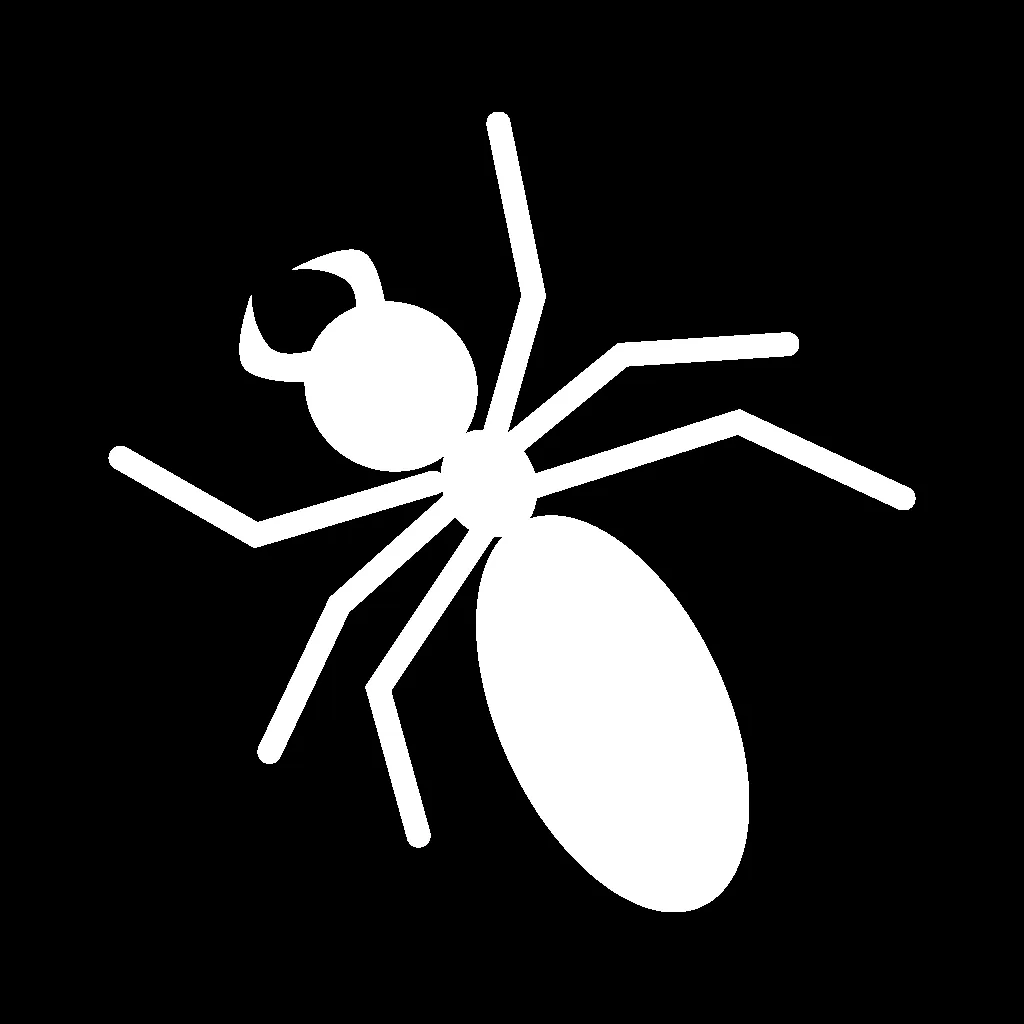Tree Swallows (Tachycineta bicolor) are captivating aerial acrobats known for their iridescent blue-green plumage and remarkable adaptability. These small songbirds thrive across North America, making them a favorite among bird enthusiasts seeking insights into Tree Swallow ecology. Whether you’re observing them near your backyard or studying their natural history, understanding their habitat preferences, foraging habits, nesting strategies, social behaviors, and conservation status provides a comprehensive view of this species. For more on similar avian traits, explore bird behavior examples.
Habitat
Tree Swallows breed in a variety of open landscapes throughout northern North America, including fields, marshes, shorelines, wooded swamps, and beaver ponds. They show a strong preference for areas near bodies of water, where abundant flying insects serve as their primary food source. These habitats support the production of multitudes of aerial prey, essential for their survival and reproduction.
 Lakes and Ponds
Lakes and Ponds
For nesting, Tree Swallows rely on old trees featuring natural cavities—often excavated by woodpeckers—or human-provided nest boxes. During migration and winter, they occupy similar environments but without the need for cavities, allowing them to venture into more open terrains. This flexibility in habitat use highlights their resilience, though ongoing land changes pose challenges to their preferred sites.
Food and Foraging
Tree Swallows maintain a predominantly insectivorous diet, snapping up flying insects from dawn until dusk. They forage in sheltered spots rich with prey, typically staying within 40 feet of the ground to pursue targets efficiently. Their menu is diverse, encompassing dragonflies, damselflies, flies, mayflies, caddisflies, true bugs, sawflies, bees, ants, wasps, beetles, stoneflies, butterflies, moths, spiders, mollusks, and even roundworms. Prey sizes range from minuscule, sand-grain-like morsels to items up to two inches long.
 Insects
Insects
These birds perform stunning aerial chases, twisting and turning acrobatically, especially when converging on insect swarms. In tough weather with scarce insects, they may turn to small animals or plant matter. During breeding, they seek high-calcium foods like fish bones, crayfish shells, clamshells, and eggshells from gulls or loons to support eggshell formation and overall health.
Nesting
Nest Placement
Tree Swallows select secure cavities for nesting, favoring natural holes in standing dead trees, abandoned woodpecker holes, or dedicated nest boxes. They occasionally adapt unconventional spots such as hollow stumps, building eaves, Wood Duck boxes, ground holes, or old Cliff Swallow burrows.
 Cavity
Cavity
This preference for cavities underscores their dependence on mature woodlands or artificial structures, which have become crucial amid habitat loss.
Nest Description and Nesting Facts
The female handles most nest construction, gathering materials like grass, pine needles, mosses, rootlets, aquatic plants, animal hair, or even synthetic items such as cellophane from ground near water edges—usually within 100 feet of the site. Building takes days to two weeks. She shapes the nest into a cup 2–3 inches across and 1–2 inches deep by pressing her body into the material, then lines it thickly with feathers from other birds. Males may collect feathers in some populations, sharing duties equally in others.
Key nesting facts include:
| Clutch Size: | 4-7 eggs |
|---|---|
| Number of Broods: | 1-2 broods |
| Egg Length: | 0.7-0.8 in (1.7-2 cm) |
| Egg Width: | 0.5-0.6 in (1.3-1.4 cm) |
| Incubation Period: | 11-20 days |
| Nestling Period: | 15-25 days |
| Egg Description: | Pale pink, turning to pure white within 4 days |
| Condition at Hatching: | Helpless, with closed eyes and pink skin sparsely covered with down |
Behavior
Highly social, Tree Swallows form massive flocks during migration and winter, often nesting in clusters where nest boxes abound. Among swallows, they stand out for their gliding flight style. They bathe by skimming low over water, shaking off droplets mid-air. Nests are lined with feathers, which birds playfully display early in the season—flying with one in the bill, dropping it to spark aerial pursuits.
 Aerial Forager
Aerial Forager
They pair for breeding but engage in extra-pair mating; males sometimes tend multiple females. Site fidelity is stronger than mate loyalty. Predators target nests (rat snakes, raccoons, bears, chipmunks, etc.) and adults (hawks, falcons, owls). Swallows mob threats with alarm calls and dives. Behaviors echo those in related species, such as eastern kingbird behavior or screech owl behavior.
Conservation
Tree Swallows remain common, rated as Low Concern, yet populations have declined about 0.7% annually since 1966—a 30% drop by 2019 per the North American Breeding Bird Survey.
 Low Concern
Low Concern
Partners in Flight estimates 20 million breeding individuals, scoring them 6/20 on the Continental Concern Score. Nest site scarcity limits numbers; nest boxes aid expansion southward. However, natural cavities dwindle due to land clearing and tree removal. Insect declines from pesticides, plus contaminants like PCBs and mercury, threaten their diet. Climate change advances their breeding by nine days since the 1960s.
In summary, Tree Swallows exemplify adaptability in Tree Swallow life cycles, from insect-hawking flights to feather-lined nests. Protecting cavities, reducing pesticides, and monitoring climate impacts are key to their future. Birders can help by installing nest boxes and reporting sightings—contribute to conservation today!
References
- Lutmerding, J. A. and A. S. Love. (2020). Longevity records of North American birds. Version 2020. Patuxent Wildlife Research Center, Bird Banding Laboratory.
- Partners in Flight. (2020). Avian Conservation Assessment Database, version 2020.
- Sauer, J. R., et al. (2019). The North American Breeding Bird Survey, Results and Analysis 1966–2019. Version 2.07.2019. USGS Patuxent Wildlife Research Center.
- Sibley, D. A. (2014). The Sibley Guide to Birds, second edition. Alfred A. Knopf.
- Winkler, D. W., et al. (2011). Tree Swallow (Tachycineta bicolor), version 2.0. In The Birds of North America. Cornell Lab of Ornithology.
- Winkler, D. W. (1993). Use and importance of feathers as nest lining in Tree Swallows. Auk 110(1):29-36.
